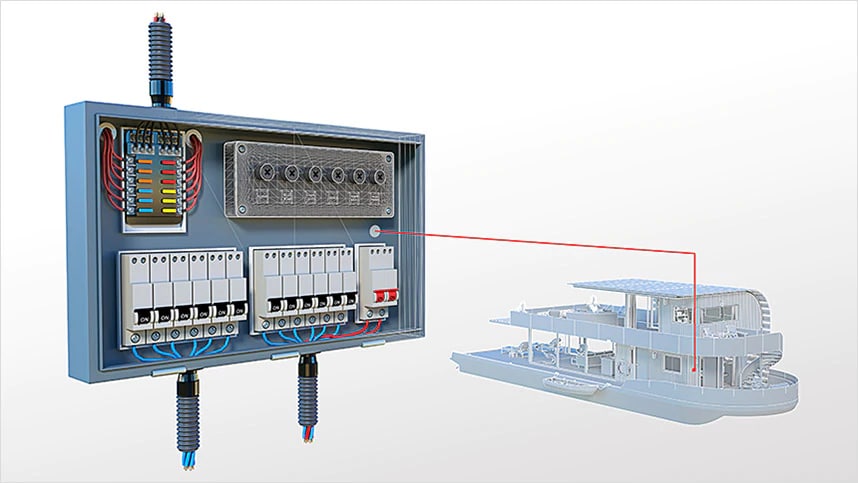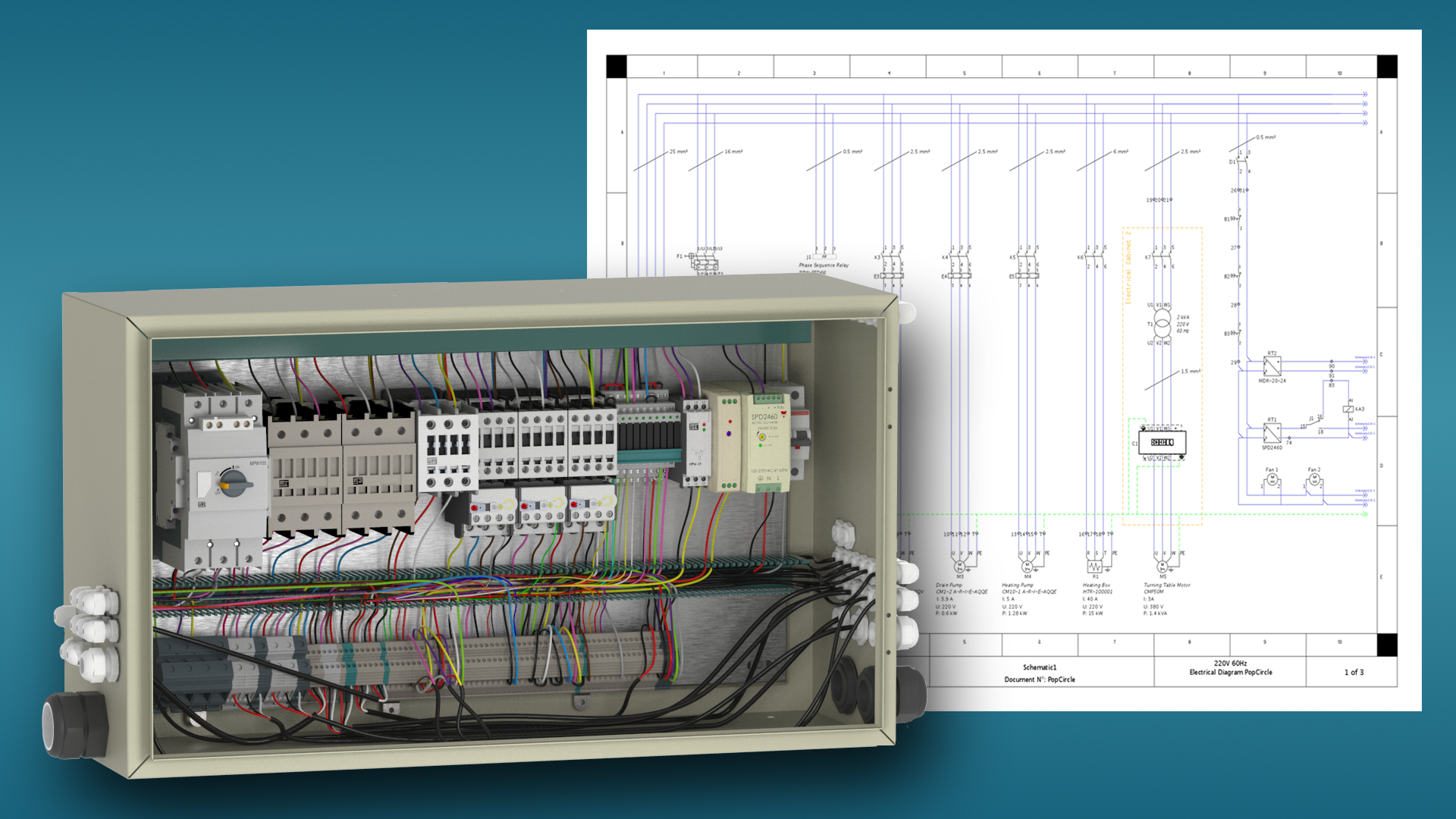Experienced Electrical Engineering Design Services Tailored to Unique Needs
Cutting-edge Electrical Design Services for Modern Infrastructure
As urban atmospheres expand progressively intricate, including technologies such as clever grids and eco-friendly energy resources comes to be critical. These advancements not just assure to maximize power consumption but likewise foster strength against future needs.
Relevance of Innovative Electrical Design
Ingenious electrical design plays a vital duty in modern infrastructure, influencing not just performance but additionally sustainability. As cities develop and the need for power rises, the need for innovative electrical systems becomes paramount. These systems have to not just meet current needs yet additionally prepare for future development and technological developments.
A well-executed electrical design can substantially minimize energy consumption, thereby lowering functional costs and minimizing ecological influence. By including sustainable energy resources, such as photovoltaic panels and wind turbines, innovative layouts can boost power independence and resilience. Wise grid technologies permit for real-time monitoring and administration of power circulation, optimizing performance and minimizing waste.
Safety is an additional essential aspect of electric design. Carrying out rigorous standards and innovative technologies can minimize risks related to electric failures, making certain a safe setting for residents and services alike. In addition, innovative layouts facilitate versatility, allowing frameworks to incorporate emerging innovations perfectly.
Secret Fads in Electrical Design
As the landscape of electrical design continues to evolve, numerous key patterns are forming the future of the market. One considerable pattern is the assimilation of smart technology right into electrical systems. The proliferation of the Web of Things (IoT) has made it possible for real-time surveillance and control of electrical devices, improving performance and facilitating anticipating maintenance.
One more pattern is the growing focus on modular design. This method permits for scalable and flexible remedies, allowing framework to adapt to transforming demands without extensive restorations. Additionally, using advanced simulation tools and Structure Information Modeling (BIM) is becoming increasingly prevalent, simplifying the design procedure and enhancing partnership amongst stakeholders.
Additionally, improvements in products science are causing the advancement of lighter, much more resilient, and energy-efficient elements. This technology is particularly important for high-performance structures and facilities tasks.
Lastly, there is a marked change towards data-driven decision-making - electrical engineering design services. Leveraging data analytics helps designers optimize systems for efficiency and cost-effectiveness. With each other, these fads represent a transformative era in electric design, boosting performance, sustainability, and durability in contemporary infrastructure
Sustainable Power Solutions
Sustainable energy options are increasingly becoming an essential focus in electrical design, mirroring a wider commitment to environmental obligation and resource performance. These services aim to reduce ecological effect while maximizing power intake in different frameworks, from residential buildings to big commercial facilities.
Among the foremost approaches includes the combination of renewable resource resources, such as solar panels and wind turbines, into electrical systems. This not just decreases dependence on fossil gas however additionally enhances power resilience. Furthermore, cutting-edge energy storage space systems, such as sophisticated batteries, make it possible for efficient administration and circulation of power, making my site certain that surplus power produced throughout peak production can be used throughout high demand periods.
Moreover, energy-efficient design practices are being adopted to enhance total system performance. This includes using energy-efficient illumination, heating and cooling systems, and clever structure innovations that monitor and adjust energy use based upon tenancy and environmental problems.
Smart Grid Technologies
The execution of sustainable energy options normally results in the expedition of clever grid technologies, which play a pivotal function in updating electrical systems. Smart grids take advantage of advanced interaction modern technologies and information analytics to boost the dependability, performance, and sustainability of electrical energy circulation. By incorporating electronic technology with conventional grid framework, these systems assist in real-time surveillance, automated control, and enhanced decision-making abilities.
One of the crucial functions of wise grids is their capability to accommodate renewable resource sources, such as solar and wind power. This flexibility not just decreases dependency on nonrenewable fuel sources yet additionally enables for a much more decentralized energy production model. Clever grids allow demand feedback programs, where consumers can readjust their power use based on real-time pricing, therefore promoting power preservation and lowering peak load demands.
In addition, wise grid technologies boost grid durability by enabling quicker recognition and resolution of failures, inevitably minimizing downtime. With predictive upkeep and analytics, utilities can maximize operations and boost service shipment. As neighborhoods and cities proceed to develop, clever grid modern technologies are crucial for building a effective and lasting electrical infrastructure that fulfills the demands of contemporary culture.

Future-Proofing Framework
To make certain long-term stability and versatility, future-proofing infrastructure is necessary in the swiftly progressing landscape of electrical design services. As modern technology developments and energy needs shift, it is vital that electric systems are designed with this link adaptability in mind. This entails integrating scalable remedies that can accommodate future upgrades without demanding substantial overhauls.

Additionally, sustainability has to be a cornerstone of future-proofed layouts. Utilizing renewable resource resources, such as solar and wind, and enhancing power effectiveness decrease reliance on fossil fuels, lining up with global initiatives to combat climate adjustment.
Final Thought
By focusing on flexibility, effectiveness, and sustainability, these services address the evolving demands of energy systems. The integration of clever grid innovations and lasting power solutions enhances resilience and minimizes functional costs.
A well-executed electrical design can considerably reduce power intake, consequently decreasing functional costs and reducing ecological impact. By integrating sustainable energy resources, such as solar panels and wind generators, ingenious layouts can this hyperlink enhance power freedom and durability. Furthermore, cutting-edge power storage systems, such as advanced batteries, enable effective management and circulation of energy, making certain that excess energy generated throughout height production can be made use of during high demand durations.
Smart grids enable need feedback programs, where consumers can adjust their power use based on real-time pricing, therefore promoting energy preservation and lowering peak tons demands. (electrical design services)
As technology breakthroughs and energy needs shift, it is essential that electric systems are developed with adaptability in mind.